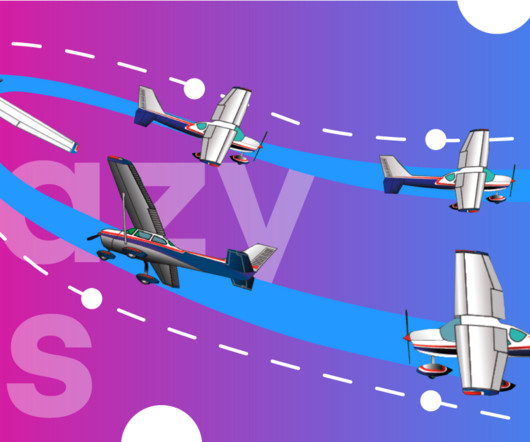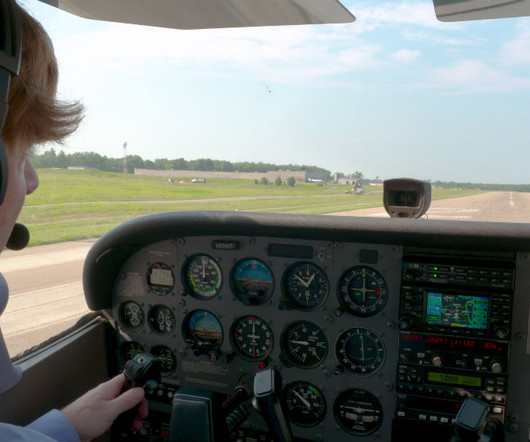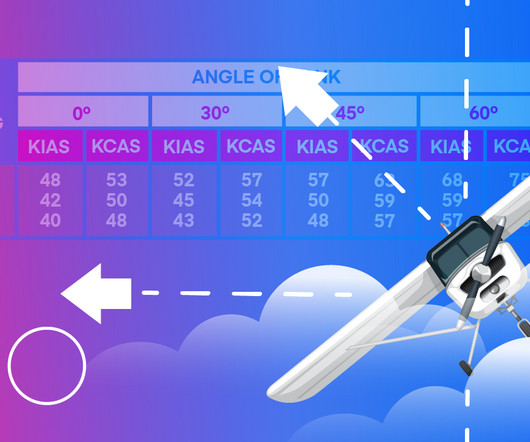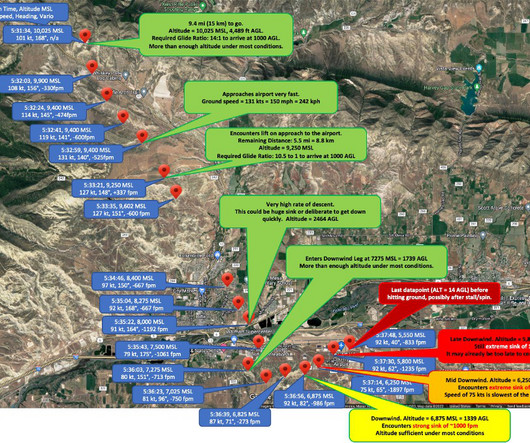Practicing Steep Turns: Techniques to Improve Pilot Control and Precision
Pilot's Life Blog
JUNE 18, 2025
This increases the load on the wings, requiring more lift to maintain altitude. Coordinate with the rudder to prevent adverse yaw and keep the turn balanced. Coordination Difficulties: Keeping the turn coordinated with proper rudder and aileron use can be tricky at first. Use coordinated rudder to counter adverse yaw.



















Let's personalize your content